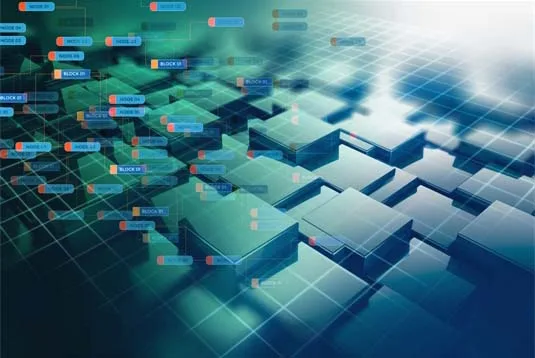- Definition: Cryptocurrency operates on a completely digital system, distinct from traditional currencies like the USD or Euro. Each cryptocurrency vendor generates its own currency that can be purchased via platforms like Coinbase, Gemini, Bitstamp, and others.
- How it Works: Cryptocurrencies rely on blockchain technology, where transactions are encrypted and recorded on a public ledger. The mining process involves solving complex computational problems to validate transactions, and miners are rewarded with new cryptocurrency units.
Bitcoin Mining

- Mining Process: Bitcoin miners use high-powered computers to solve mathematical problems, verifying transactions and adding them to the blockchain. These miners are rewarded with Bitcoin for their efforts. The process requires substantial computing power and energy.
- Challenges: Traditional computing setups, such as quad-core servers, are not sufficient for mining Bitcoin efficiently. More specialized hardware like ASICs and FPGAs are necessary for effective mining.
Backup Power for Cryptocurrency Mining

- Power Consumption: Mining hardware consumes vast amounts of electricity and must run continuously, making backup power crucial. UPS (Uninterruptible Power Supply) systems offer short-term power, while generators provide long-term power during outages.
- Powering Mining Operations: Large-scale mining facilities often rely on diesel or natural gas-powered generators, ensuring uninterrupted service during power disruptions. Green power options like solar or wind are also incorporated, but they are weather-dependent, and backup generators are used to maintain consistent operation.
Generator Systems

- Generator Types: Mining operations rely on outdoor, indoor, and portable generators to provide necessary power.
- Outdoor: Weather-resistant units suitable for various environments.
- Indoor: Requires additional infrastructure for ventilation and exhaust.
- Portable: Used primarily in construction or temporary setups.
- Generator Maintenance: Regular maintenance, including load testing, is necessary to ensure that generators function optimally during power outages.
Conclusion

Cryptocurrency mining is an energy-intensive process that requires a constant power supply. Backup power solutions, such as UPS systems and backup generators, are crucial for preventing downtime and ensuring the ongoing operation of mining hardware.